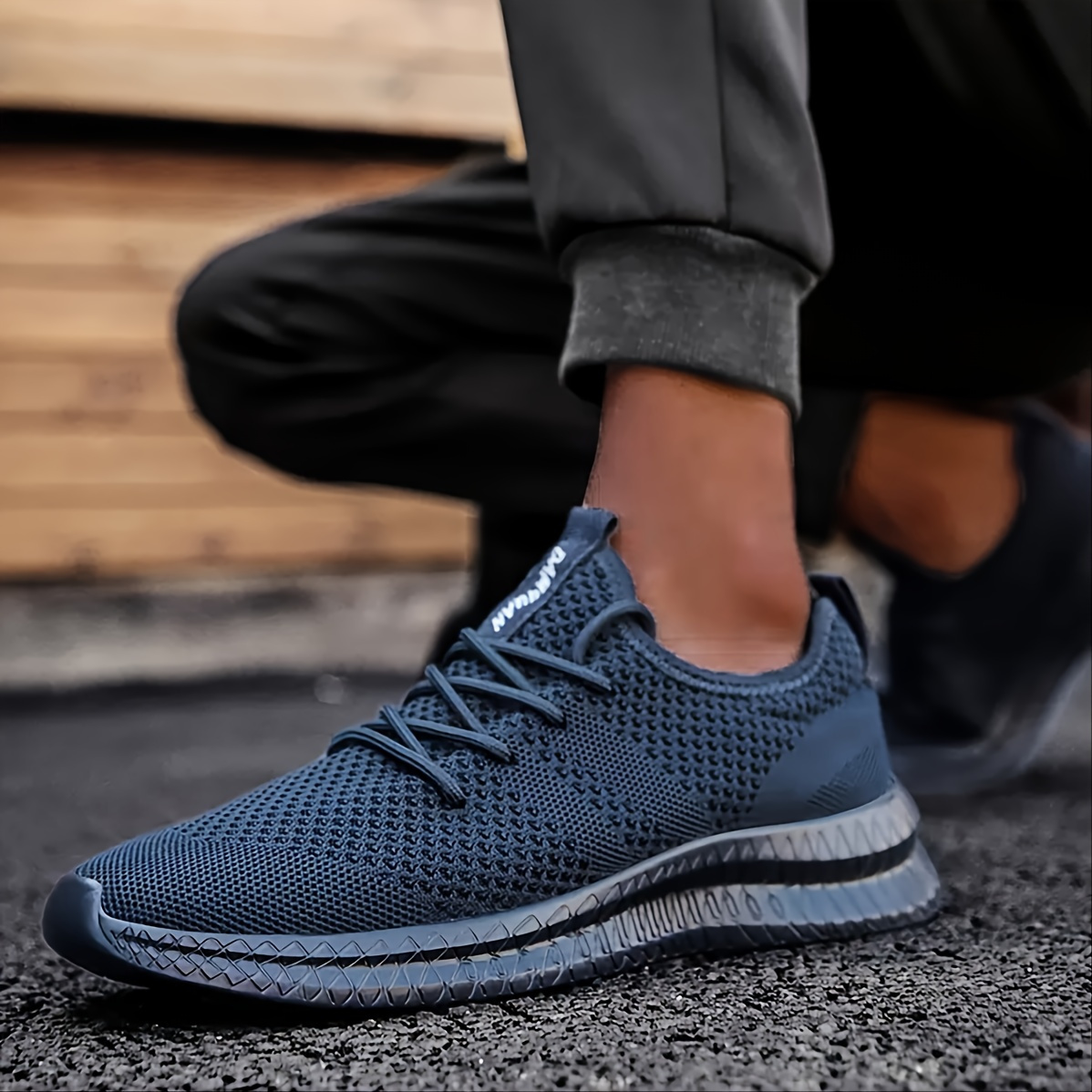5 Tips Orthopedic Shoes

When it comes to managing foot and ankle issues, orthopedic shoes can be a game-changer. By providing the necessary support, stability, and comfort, these shoes can help alleviate a range of problems, from plantar fasciitis to bunions. However, with so many options available, it can be challenging to know where to start. Here are five tips to help you make the most of orthopedic shoes:
Firstly, understand your foot type. Knowing whether you have flat feet, high arches, or a neutral foot type is crucial in selecting the right orthopedic shoes. For instance, if you have flat feet, you’ll want shoes with excellent arch support and motion control. On the other hand, if you have high arches, you’ll need shoes with more cushioning and flexibility. You can determine your foot type by wetting your feet and standing on a flat surface. If you see a complete impression of your foot, you have flat feet. If you see only a thin line or a tiny part of your foot, you have high arches.
It's essential to note that foot type can change over time due to various factors such as age, weight, or injury. Therefore, it's crucial to get your feet measured regularly to ensure you're wearing the right size and type of shoes.
Secondly, look for shoes with removable insoles. Removable insoles can be a great feature in orthopedic shoes, as they allow you to customize the fit and support to your specific needs. You can replace the standard insole with a custom orthotic or a more supportive insole, which can help alleviate issues such as plantar fasciitis or foot pain. Additionally, removable insoles can make cleaning and maintaining your shoes much easier.
Thirdly, consider the material and breathability. The material and breathability of your orthopedic shoes can significantly impact their performance and comfort. Look for shoes made from high-quality, breathable materials such as leather or mesh. These materials will help keep your feet cool and dry, reducing the risk of blisters and discomfort. Furthermore, breathable materials can help prevent the growth of bacteria and fungi, which can cause foot odor and other issues.
Pros and Cons of Different Materials
| Material | Pros | Cons |
|---|---|---|
| Leather | Breathable, durable, and stylish | Can be expensive, may require breaking in |
| Mesh | Lightweight, breathable, and affordable | May not be as durable, can be prone to tears |

Fourthly, pay attention to the rocker sole. A rocker sole is a curved sole that encourages a natural rolling motion of the foot while walking. This feature can be particularly beneficial for people with foot or ankle issues, as it can help reduce stress and strain on the feet and ankles. Look for shoes with a rocker sole that is designed to support your specific foot type and needs.
Lastly, don’t forget about the heel-to-toe offset. The heel-to-toe offset, also known as the drop, refers to the difference in height between the heel and the toe of the shoe. A lower heel-to-toe offset can be beneficial for people with foot or ankle issues, as it can help reduce stress and strain on the feet and ankles. Look for shoes with a heel-to-toe offset that is designed to support your specific foot type and needs.
What is the best way to clean and maintain my orthopedic shoes?
+The best way to clean and maintain your orthopedic shoes depends on the material. For leather shoes, use a soft cloth and a gentle leather cleaner. For mesh shoes, use a soft brush and a mild soap solution. Avoid using harsh chemicals or abrasive materials, as they can damage the shoes.
Can I wear orthopedic shoes for athletic activities?
+Yes, you can wear orthopedic shoes for athletic activities, but it's essential to choose shoes that are designed for your specific activity and foot type. Look for shoes with excellent support, stability, and cushioning, and consider consulting with a healthcare professional or a shoe fitter for recommendations.
In conclusion, orthopedic shoes can be a valuable investment for people with foot or ankle issues. By understanding your foot type, looking for shoes with removable insoles, considering the material and breathability, paying attention to the rocker sole, and don’t forgetting about the heel-to-toe offset, you can find the perfect shoes to support your specific needs. Remember to clean and maintain your shoes regularly, and consider consulting with a healthcare professional or a shoe fitter for personalized recommendations. With the right orthopedic shoes, you can reduce discomfort, alleviate pain, and improve your overall quality of life.



